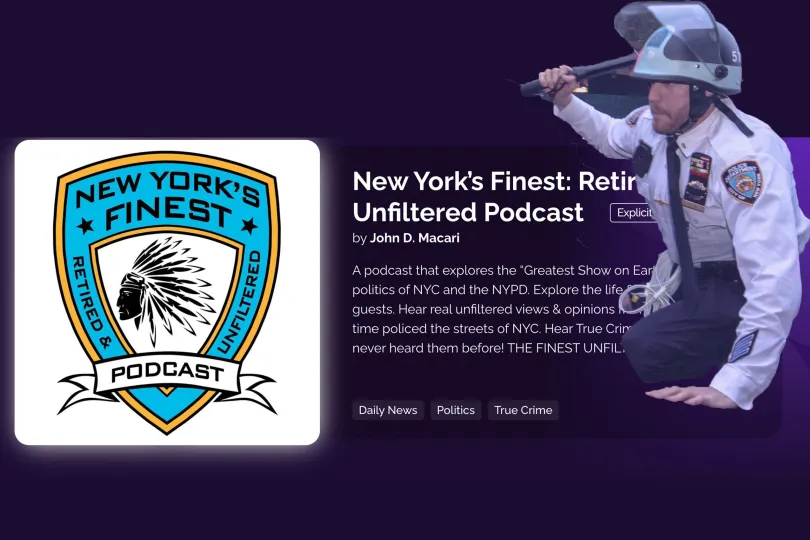The NYPD’s most-complained-about cop speaks out in defense of aggressive arrests
Lt. Eric Dym, who retired in the face of stiff penalties, asks critics: “What do you want to see?” They have some words for him.

 This article was originally published on by THE CITY
This article was originally published on by THE CITY
The NYPD’s most-complained about cop — who accumulated 56 substantiated allegations of misconduct against him by the Civilian Complaint Review Board (CCRB) before retiring last month — is speaking out in defense of proactive policing by the anti-crime units that were reconstituted this year by Mayor Eric Adams.
As THE CITY reported in September, Lt. Eric Dym, a former U.S. Marine who spent 18 years in the police department, was hit with numerous allegations over eight incidents between November 2018 and June 2020 — including utilizing improper force, multiple instances of pointing his gun at someone and making a false official statement.

Brooklyn Boro
View MoreNew York City’s most populous borough, Brooklyn, is home to nearly 2.6 million residents. If Brooklyn were an independent city it would be the fourth largest city in the United States. While Brooklyn has become the epitome of ‘cool and hip’ in recent years, for those that were born here, raised families here and improved communities over the years, Brooklyn has never been ‘uncool’.